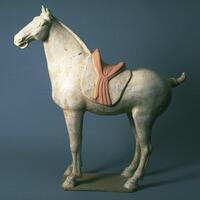11 UMMA Objects
11 UMMA Objects
![This stone dagger has a handle that is divided into two parts, separated from each other by a thinner band. The upper tier is smaller in length than the lower tier, which flares outward as it approaches the end. The tip of blade is broken off. In profile, the blade thickens in the center.<br />
<br />
Carved from stone, this dagger with a two-tier handle is missing only its tip. The cross section of the blade is rhomboid, while that of the handle is shaped like a convex lens. The dagger is of the later two-tier-handled type (<em>idanbyeongsik</em>), meaning that it probably dates from the end of the early Bronze Age or the beginning of the middle Bronze Age. Max Loehr (1903- 1988) was a German art historian specializing in East Asian art who taught at the University of Michigan from 1951 to 1960 as a professor.<br />
[Korean Collection, University of Michigan Museum of Art (2017) p.32] This stone dagger has a handle that is divided into two parts, separated from each other by a thinner band. The upper tier is smaller in length than the lower tier, which flares outward as it approaches the end. The tip of blade is broken off. In profile, the blade thickens in the center.<br />
<br />
Carved from stone, this dagger with a two-tier handle is missing only its tip. The cross section of the blade is rhomboid, while that of the handle is shaped like a convex lens. The dagger is of the later two-tier-handled type (<em>idanbyeongsik</em>), meaning that it probably dates from the end of the early Bronze Age or the beginning of the middle Bronze Age. Max Loehr (1903- 1988) was a German art historian specializing in East Asian art who taught at the University of Michigan from 1951 to 1960 as a professor.<br />
[Korean Collection, University of Michigan Museum of Art (2017) p.32]](/media/W1siZiIsIjIwMjIvMDUvMjUvMjhpaWV3MzJmbV9kZWZhdWx0LmpwZyJdLFsicCIsInRodW1iIiwiMjQweDIwMCJdXQ?sha=d2502c4cf43f3c8e)
Korean (Korean (culture or style))
Polished Stone Dagger
900 BCE – 701 BCE
Museum purchase from the collection of Max Loehr
1960/2.117

Lu Hui
The Small Cloud Dwelling
1909
Museum purchase made possible by the Margaret Watson Parker Art Collection Fund
1981/1.308
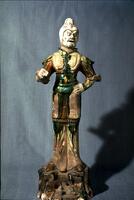
Chinese (Chinese (culture or style))
Warrior
667 – 732
Transfer from the College of Architecture and Design
1972/2.68
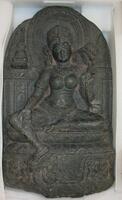
Indian (Indian (South Asian))
Tara
10th century
Gift of Dr. and Mrs. Leo S. Figiel and Dr. and Mrs. Steven J. Figiel
1981/2.156
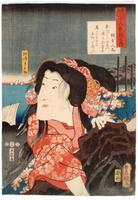
Utagawa Kunisada (Japanese (culture or style))
Actors Compared with the Thirty-six Poet Immortals: Iwai Kumesaburō III as Matsuura Sayohime
1852
Gift of Dr. James Hayes
2003/1.466
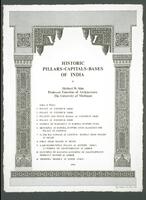
Herbert W. Johe
Historic Pillars-Capitals-Bases of India, Index to Plates
1993
Gift of Herbert W. and Susan L. Johe
1998/1.175
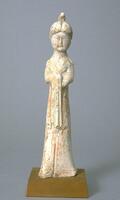
Chinese (Chinese (culture or style))
Court Dancer
700 – 750
Gift of Mr. William T. and Maria H. Carter in memory of their son, Charles A. Dickerman
1984/1.298
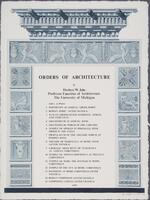
Herbert W. Johe
Orders of Architecture , Index to Plates
1993
Gift of Herbert W. and Susan L. Johe
1998/1.174.1-4
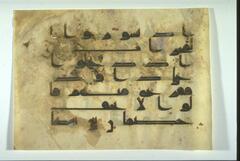
Iraqi
Qur'an manuscript leaf in early or Abbasid Kufic script, ch. 38, verses 21-23
767 – 799
Gift of Rudolph M. Riefstahl
1972/2.354

Japanese (Japanese (culture or style))
Covered jar with design of flower maiden, sage, and child amidst flowering plants
1645 – 1655
Transfer from the College of Architecture and Design
1972/2.72A&B
Loading…
